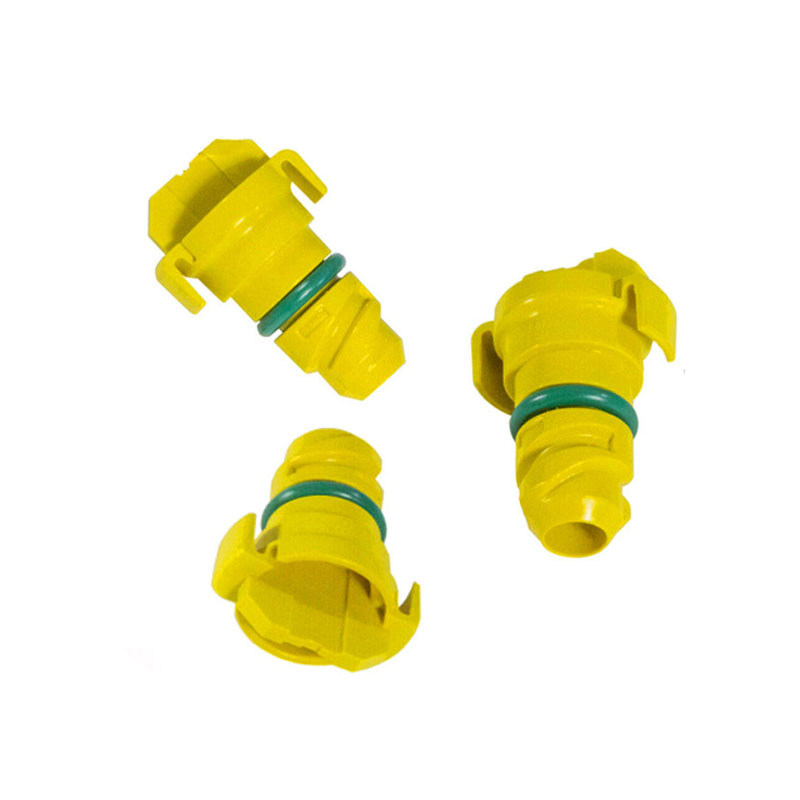rudder shaft bearing
Understanding Rudder Shaft Bearings Critical Components in Marine Engineering
In the realm of marine engineering, the rudder system is an essential component that provides maneuverability and control to vessels. At the heart of this system are rudder shaft bearings, crucial for the effective functioning of the rudder while ensuring precision and safety during navigation. This article will delve into the significance, types, construction, maintenance, and innovations related to rudder shaft bearings.
The Importance of Rudder Shaft Bearings
Rudder shaft bearings serve as the support mechanism for the rudder shaft, which connects the rudder to the steering gear. Their primary role is to reduce friction between the moving parts, allowing for smooth operation when the rudder is turned. This smooth motion is vital for the vessel's responsiveness, especially in challenging conditions such as rough seas or tight docking maneuvers. Furthermore, rudder shaft bearings help to absorb the loads and stresses that occur during navigation, mitigating the risk of damage to both the rudder and the shaft.
Types of Rudder Shaft Bearings
There are several types of rudder shaft bearings, each designed to meet specific operational needs and environmental conditions. The most common types include
1. Bush Bearings Made of materials such as bronze, these are traditionally used in many marine applications. They provide decent wear resistance and can handle the radial loads effectively.
2. Composite Bearings These bearings are made from a combination of materials, usually involving a plastic or polymer matrix reinforced by fibers. They offer advantages such as low friction, high resistance to corrosion, and a longer lifespan.
3. Self-lubricating Bearings Utilizing embedded solid lubricants, these bearings reduce the need for additional lubrication, making them ideal for applications where maintenance access is difficult.
rudder shaft bearing

Construction and Material Considerations
The construction of rudder shaft bearings is a meticulous process that involves selecting materials capable of withstanding the harsh marine environment. Common materials include bronze, stainless steel, and various composites. The choice of material not only affects the bearing's durability but also its resistance to corrosion and wear. Additionally, the design must account for factors such as the clearance between the shaft and bearing, the bearing's load capacity, and its thermal expansion characteristics.
Maintenance of Rudder Shaft Bearings
Regular maintenance of rudder shaft bearings is crucial to ensure optimal performance and longevity. Operators should perform routine inspections to identify signs of wear, such as unusual noises, vibrations, or increased friction. Lubrication routines must be followed according to the manufacturer’s specifications, considering environmental factors that may affect lubrication effectiveness. In many cases, bearing replacement may be necessary if wear exceeds acceptable limits or if damage is observed.
Innovations in Rudder Shaft Bearings
Recent advancements in marine technology have led to significant innovation in the design and materials used for rudder shaft bearings. Manufacturers are increasingly employing advanced composites and smart materials that provide enhanced performance characteristics. For example, the integration of sensors that monitor wear and operational conditions is becoming more prevalent, allowing for predictive maintenance. This technology can alert operators to potential issues before they escalate, thus minimizing downtime and repair costs.
Conclusion
Rudder shaft bearings are indeed vital components in the marine industry, playing a crucial role in the safe and efficient operation of vessels. Understanding their types, construction, maintenance needs, and recent innovations helps engineers and operators ensure optimal performance and reliability. As maritime technology continues to evolve, the ongoing improvements in rudder shaft bearings are likely to enhance vessel maneuverability and operational safety even further, reaffirming their place as a critical element in marine engineering.
-
The Ultimate Guide to Car Repair Kits: Tools and Essentials Every Driver Should Own
News Aug.01,2025
-
The Complete Guide to Oil Pan Gaskets: Sealing Engine Leaks the Right Way
News Aug.01,2025
-
Preventing Oil Leaks: A Complete Guide to Oil Pan Gaskets and Drain Seals
News Aug.01,2025
-
Everything You Need to Know About Oil Pan Gaskets and Drain Plug Seals
News Aug.01,2025
-
Essential for Car Owners: How to Use a Car Repair Kit to Deal with Minor Breakdown
News Aug.01,2025
-
Comprehensive Guide to Engine Oil Sump Gaskets and Related Seals
News Aug.01,2025
-
The Ultimate Guide to Boat Propeller Bearings and Trailer Wheel Bearings
News Jul.31,2025
Products categories















